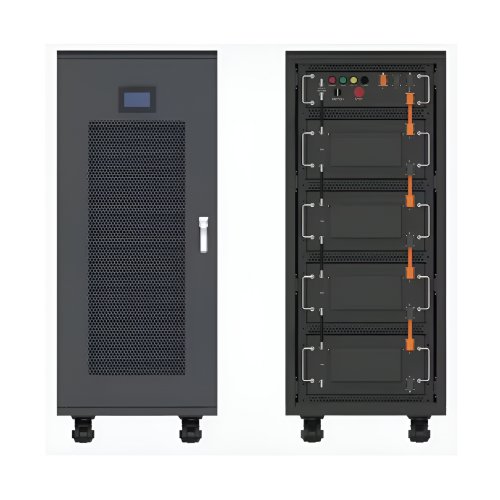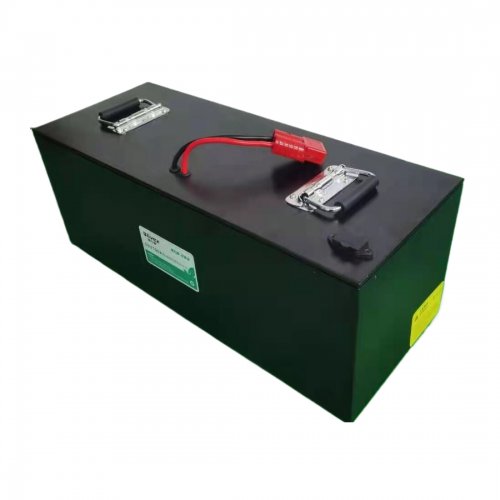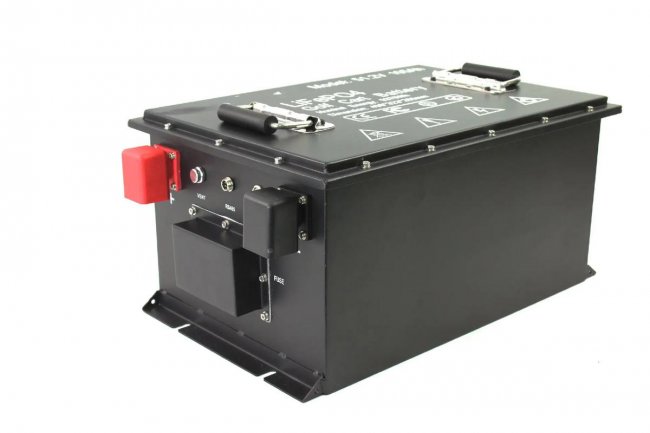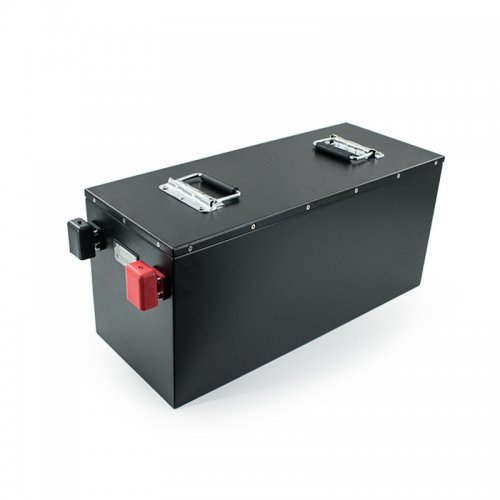Advances In Nanostructuring: Pushing The Frontiers Of Material Functionality
The deliberate engineering of materials at the nanoscale, known as nanostructuring, has evolved from a promising scientific concept into a cornerstone of modern materials science and engineering. By controlling the size, shape, composition, and assembly of structures with features typically between 1 and 100 nanometers, researchers are unlocking unprecedented and often unexpected material properties. This progress is not merely about miniaturization; it is about fundamentally rewriting the rules of physical and chemical behavior, leading to breakthroughs across electronics, photonics, energy, and medicine. Recent years have witnessed a paradigm shift from creating simple nanoparticles to developing sophisticated, multi-material, and dynamically reconfigurable nanostructures with atomic-level precision.
Recent Research and Technological Breakthroughs
A significant frontier in nanostructuring is the move beyond static, passive structures towards dynamic and "active" nanosystems. A prime example is the field of reconfigurable meta-surfaces. Traditionally, meta-surfaces—ultra-thin arrays of nanostructures that manipulate light—had fixed optical properties once fabricated. However, recent work has integrated these surfaces with stimuli-responsive materials. For instance, researchers have developed meta-surfaces where the nanostructures are embedded in a phase-change material like GST (Ge₂Sb₂Te₅) [1]. By applying a short electrical or optical pulse, the local phase of the material can be switched between amorphous and crystalline states, drastically altering its refractive index and thereby enabling dynamic control over light's phase, amplitude, and polarization. This breakthrough paves the way for ultra-compact, fast-switching optical components for LiDAR, holographic displays, and next-generation telecommunications.
Another transformative advancement lies in the realm of atomic-scale precision fabrication. While top-down techniques like electron-beam lithography continue to improve, bottom-up methods are achieving remarkable feats. The use of DNA origami as a programmable scaffold for nanostructuring represents a leap forward in self-assembly. Scientists can now design and synthesize complex DNA structures that act as templates, precisely positioning functional components such as quantum dots, metal nanoparticles, or proteins with sub-nanometer accuracy [2]. This bio-inspired approach allows for the creation of complex, three-dimensional nanocircuits and plasmonic devices that are incredibly challenging to produce with conventional lithography. Furthermore, advances in scanning probe lithography now enable the direct writing of nanoscale features by selectively inducing chemical reactions or manipulating atoms on a surface, pushing the limits of miniaturization in semiconductor manufacturing.
In the energy sector, nanostructuring is proving indispensable for enhancing the performance and durability of devices. For thermoelectric materials, which convert heat directly into electricity, the key challenge has been to maximize electrical conductivity while minimizing thermal conductivity. Nanostructuring has provided an elegant solution. By engineering dense arrays of nanoscale interfaces, grain boundaries, and superlattices within materials like Bismuth Telluride (Bi₂Te₃) or Skutterudites, researchers can effectively scatter phonons (the primary heat carriers) while allowing electrons to flow relatively unimpeded [3]. This "phonon-glass, electron-crystal" concept, realized through precise nanostructuring, has led to a dramatic increase in the thermoelectric figure of merit (ZT), making waste heat recovery a more viable technology.
Similarly, in electrocatalysis for water splitting and fuel cells, the activity is intimately tied to surface area and atomic coordination. The latest research focuses on creating highly complex nanostructures such as ultrathin nanosheets, porous nanoframes, and high-entropy alloy nanoparticles. These structures expose a vast number of catalytically active sites and can tune the electronic structure to optimize the binding energy of reaction intermediates. For example, dealloyed platinum-nickel nanoframes, with their three-dimensional, open architecture, have demonstrated exceptionally high mass activity for the oxygen reduction reaction, a critical process in fuel cells [4].
Future Outlook and Emerging Challenges
The trajectory of nanostructuring points towards even greater complexity, intelligence, and integration. Several key directions will define the next decade of research.
First, the concept of hierarchical nanostructuring will gain prominence. Future materials will not possess a single type of nanofeature but will integrate multiple scales of nanostructure, each designed for a specific function. A battery electrode, for instance, might consist of nanoparticles for high surface area, coated with a nanoporous layer for selective ion transport, all supported on a nano-architected scaffold for mechanical stability. Designing and fabricating such multi-scale architectures requires a synergistic combination of top-down and bottom-up methods.
Second, the integration of artificial intelligence and machine learning is set to revolutionize the field. The inverse design of nanostructures—where a desired property is specified, and an algorithm iteratively explores the vast design space to propose an optimal structure—is becoming a reality. Machine learning models can predict the synthetic pathways for complex nanostructures and optimize processing parameters, dramatically accelerating discovery and reducing trial-and-error experimentation [5].
Third, the development of in-situ and operando characterization techniques is critical. To truly understand and control nanostructuring processes, we must observe them in real-time under realistic conditions (e.g., inside a battery during cycling or a reactor during catalysis). Advances in ultra-high-resolution electron microscopy, X-ray spectroscopy, and other probes will provide unprecedented insights into the dynamic evolution of nanostructures, closing the loop between synthesis, structure, and property.
However, significant challenges remain. The scalability and cost-effectiveness of many advanced nanostructuring techniques, particularly those relying on slow serial writing or complex self-assembly processes, must be addressed for widespread industrial adoption. Furthermore, the long-term stability and environmental impact of engineered nanomaterials need thorough investigation. As nanostructures become more complex, understanding their potential toxicity and developing safe-by-design principles is an ethical and practical imperative.
In conclusion, nanostructuring has matured into a powerful discipline that enables the deliberate design of matter from the bottom up. The latest breakthroughs in dynamic meta-optics, atomic-precision assembly, and energy material engineering highlight its transformative potential. As the field moves towards intelligent, hierarchical, and sustainable design, nanostructuring will continue to be a primary driver of innovation, shaping the technologies that will define our future, from quantum computing and neuromorphic chips to personalized medicine and global energy solutions.
References
[1] Wang, Q., et al. (2020). "Optically Reconfigurable Metasurfaces and Photonic Devices Based on Phase Change Materials."Nature Photonics, 15(3), 165-171.
[2] Hong, F., Zhang, F., Liu, Y., & Yan, H. (2017). "DNA Origami: Scaffolds for Creating Higher Order Structures."Chemical Reviews, 117(20), 12584-12640.
[3] Zhu, T., et al. (2022). "High Thermoelectric Performance via Hierarchical Nanostructuring in p-type BiSbTe Alloys."Science Advances, 8(18), eabn5817.
[4] Chen, C., et al. (2021). "Dealloyed Pt-Ni Core-Shell Nanocatalysts with Enhanced Performance for the Oxygen Reduction Reaction."Nature Catalysis, 4(12), 1052-1061.
[5] Sanchez-Lengeling, B., & Aspuru-Guzik, A. (2018). "Inverse Molecular Design using Machine Learning: Generative Models for Matter Engineering."Science, 361(6400), 360-365.
Customized/OEM/ODM Service
HomSolar Supports Lifepo4 battery pack customization/OEM/ODM service, welcome to contact us and tell us your needs.


HomSolar: Your One-stop LiFePO4 Battery Pack & ESS Solution Manufacturer
Our line of LiFePO4 (LFP) batteries offer a solution to demanding applications that require a lighter weight, longer life, and higher capacity battery. Features include advanced battery management systems (BMS), Bluetooth® communication and active intelligent monitoring.

Customised Lithium Iron Phosphate Battery Casing
ABS plastic housing, aluminium housing, stainless steel housing and iron housing are available, and can also be designed and customised according to your needs.

HomSolar Smart BMS
Intelligent Battery Management System for HomSolar Energy Storage System. Bluetooth, temperature sensor, LCD display, CAN interface, UART interface also available.


Terminals & Plugs Can Be Customized
A wide range of terminals and plugs can be customised to suit the application needs of your battery products.

Well-designed Solutions for Energy Storage Systems
We will design the perfect energy storage system solution according to your needs, so that you can easily solve the specific industry applications of battery products.



About Our Battery Cells
Our energy storage system products use brand new grade A LiFePO4 cells with a battery lifespan of more than 4,000 charge/discharge cycles.



Applications in Different Industries
We supply customized & OEM battery pack, assemble cells with wiring, fuse and plastic cover, all the cell wires connected to PCB plug or built BMS.
Applications: E-bike, Electric Scooter, Golf Carts, RV, Electric Wheelchair, Electric Tools, Robot Cleaner, Robot Sweeper, Solar Energy Storage System, Emergency Light, Solar Power Light, Medical Equipment, UPS Backup Power Supply.
We can provide you with customized services. We have the ability to provide a vertical supply chain, from single cells to pack/module and to a complete power solution with BMS, etc.


HomSolar (Shenzhen) Technology Co., Ltd
























